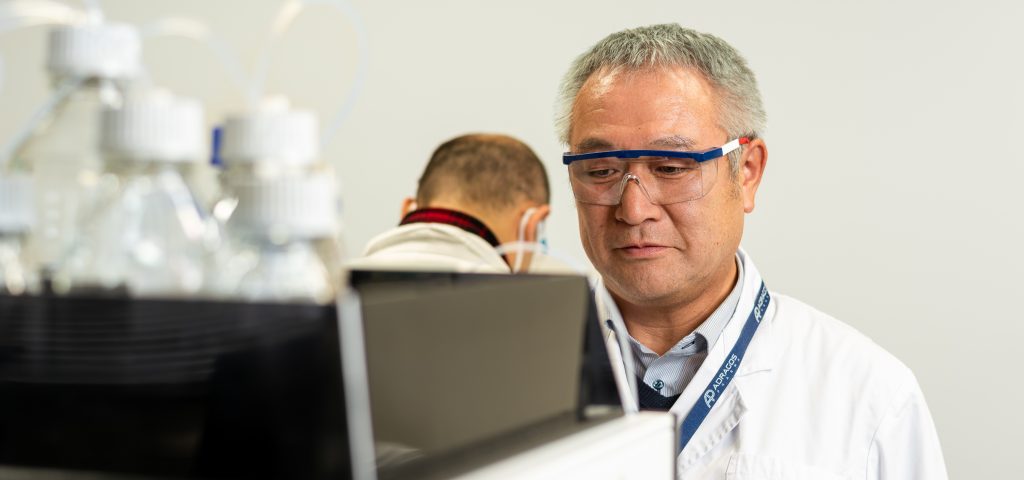Japan is a country that holds the third-largest pharmaceutical market in the world and offers substantial chance to pharmaceutical companies that are looking to expand their businesses globally. Due to its trade system and the regulatory environment, the strategy which is based on the information and knowledge is the key to success. This brief will give a picture of some of the essential issues including regulatory barriers, business opportunities and demographic challenges to guide companies to plan their market entry into the Japanese market.
Understanding the Japanese Pharmaceutical Market
The Japanese pharmaceutical industry, with a market size of approximately $106 billion in 2021, is critical to global pharma economics. It is known for its stringent regulations, high standards of healthcare, and cutting-edge innovation. The market’s high valuation signifies not only its capacity but also the deep trust and demand from its healthcare consumers. Significant U.S. pharmaceutical stakeholders have robust presence here, demonstrating the market’s openness to foreign business, provided they meet Japan’s rigorous quality standards. Such data indicates that while market growth rates are modest, specific sectors within it—namely biologics and patented drugs—hold significant growth prospects due to active government support and a thriving R&D landscape.
Regulatory Landscape
Japan’s regulatory environment, managed by the Ministry of Health, Labour and Welfare (MHLW), is well-known for its complexity and intricacy. The regulatory framework is extensive, but this takes a toll on the time it will take for a drug to reach the market at the same time ensuring it is safe and effective. One of the most important changes was the switch to an annual review process of drug pricing from the previous biennial one which aimed to lower healthcare expenses. But, this has made market unpredictable which is a great problem to the pharmaceutical companies that are working on long term business strategies. This landscape is intricate and needs to be watched over at all times to make sure that there is no violation of regulations and that the business can seize the market opportunities.
Demographics and Healthcare Policy
The Japanese demographic structure considerably shapes the country’s pharmaceutical market. While the Japanese population, being one of the oldest in the world, and with its low birth rate, has a high demand for healthcare and related services, especially for managing chronic diseases and age-related health issues. The public health policy is very good, it provides extensive coverage and guarantees that medical care is both of high quality and available. While these demographic factors do put pressure on the system, it also calls for the frequent amendment of policies by the government to keep healthcare spending at a sustainable level. These conditions create a demand for health care products that is stable, and at the same time, challenging in terms of reimbursement and pricing strategies.
Product manufacturing and CDMO services for the Japanese market
The Japanese pharma market has a very strict requirement for product visual inspection, specific packaging solutions and labelling. This is a key step for the successful market entry and the consumer trust. Visual inspection of pharmaceutical products is not only a regulatory requirement but also an important quality control measure that helps to ensure the safety and effectiveness of the drugs. In this regard, the packaging has to be invented, which will satisfy the peculiar requirements of Japanese people. Thus, for instance, ampoules, tablets, insulin pens, and vials including those for cytotoxic and biologic drugs are required to pass a high level of contamination prevention and stability tests. The selection of materials and packaging technology should be in compliance with the latest local regulations and consumer needs, which are mostly inclined toward the user-friendly and elderly-friendly designs, by reason of aging population in Japan. Furthermore, labelling in the Japanese market requires meticulous attention to detail. Labels must be in accordance with the local language regulations and must have complete information on the drug, dosage, and safety warnings in an understandable and short manner. It is crucial to provide correct translations to eliminate the possibility of the wrong interpretation, which can lead to the safety of patients and the credibility of the product. Compliance with these areas is very important, as it can have a major impact on the market acceptance of pharmaceutical products in Japan, and therefore, a thorough preparation and understanding of the local market, is a must.
Challenges in Market Entry
Entering the Japanese pharmaceutical market brings with it a variety of challenges, for instance the strict regulatory supervision and the competitive market which is packed with both local and foreign companies. Policymaking is another factor to be taken into account; usually for reimbursement and pricing and these changes influence the profitability of companies. In order to address the aforementioned problems, potential entrants often opt for joint ventures or acquisitions of local companies, which are already well-positioned and have a successful regulatory track record. The Japanese pharmaceutical market is complex yet valuable. Through the knowledgeable and the regulation of the market, the demographic needs and the technology advancements, the pharmaceutical companies can be in a good position for the successful market entry. Although there are issues, Japan’s market is still one of the most appealing for pharmaceutical innovations, particularly in specialized segments like biopharmaceuticals and AI-driven drug discovery.
FAQs about Japan Pharma Market Entry
What is the best market entry strategy for Japan?
The best market entry strategy for Japan involves a well-rounded approach that includes thorough market research, building a strong understanding of local regulatory requirements, and establishing partnerships or joint ventures with local firms. To navigate the complex regulatory landscape, companies often benefit from collaborating with local entities that have ingrained market knowledge and existing relationships with regulatory bodies. Tailoring products and marketing strategies to meet the unique needs of the Japanese consumer—considering both demographic trends and local preferences—is also critical. Additionally, aligning with government initiatives, such as those supporting biotechnology and innovation, can provide a strategic advantage.
Is it easy to enter the Japanese market?
Entering the Japanese pharmaceutical market is challenging due to its complex regulatory environment, stringent quality standards, and unique business and cultural practices. The process of obtaining regulatory approvals can be lengthy, and adapting to frequent changes in healthcare policies requires agility and persistent monitoring. Success often requires significant upfront investment in understanding the market and regulatory landscape, localizing strategies to fit cultural norms, and often partnering with local businesses to navigate the market effectively.
Are there specific sectors with high growth potential within the Japanese pharmaceutical market?
Yes, the biopharmaceutical sector and areas incorporating Artificial Intelligence (AI) and Real-World Evidence (RWE) in drug development processes exhibit significant growth potential within the Japanese pharmaceutical market. The biopharmaceutical field, particularly in advanced therapies such as biologics and regenerative medicines, is expanding due to robust governmental support and innovation-driven policies. Moreover, the integration of AI and RWE is transforming drug discovery and development, making processes more efficient and cost-effective. These advancements are encouraged by Japan’s regulatory framework and technological infrastructure, paving the way for substantial growth in these sectors.
What are the main regulatory challenges in Japan?
Japan poses considerable regulatory challenges due to its stringent drug approval processes and volatile drug pricing and reimbursement policies. Japan’s commitment to high healthcare standards necessitates complex approval procedures, which can be both time-consuming and resource-intensive. Additionally, frequent and unpredictable changes in pricing and reimbursement strategies, aimed at managing national healthcare spending, create financial uncertainties for pharmaceutical companies. To manage these hurdles, companies should employ a dynamic operational strategy that includes real-time monitoring of regulatory changes and flexible planning to adapt to these shifts quickly.

